NOTE: Due to Russia’s unnecessary war with Ukraine, and Belarus’ indirect involvement, travel to either country is not recommended due to safety concerns, among other obvious reasons. Please consider donating to the Ukraine Humanitarian Response, to aid in the fight against these Russian oppressors. thank you! “Slava Ukraini!” (Glory to Ukraine!)
Tucked away in Eastern Europe, Belarus is one of Europe’s most overlooked countries. Belarus’ location between Poland and Russia often means that visitors skip over the small nation to visit Europe’s more famous destinations.
An unstable government has also given Belarus a negative reputation and it is often depicted as being ruled by Europe’s “last dictator” with Alexander Lukashenko currently in the presidential seat of power.
сардэчна запрашаем – Welcome to Belarus
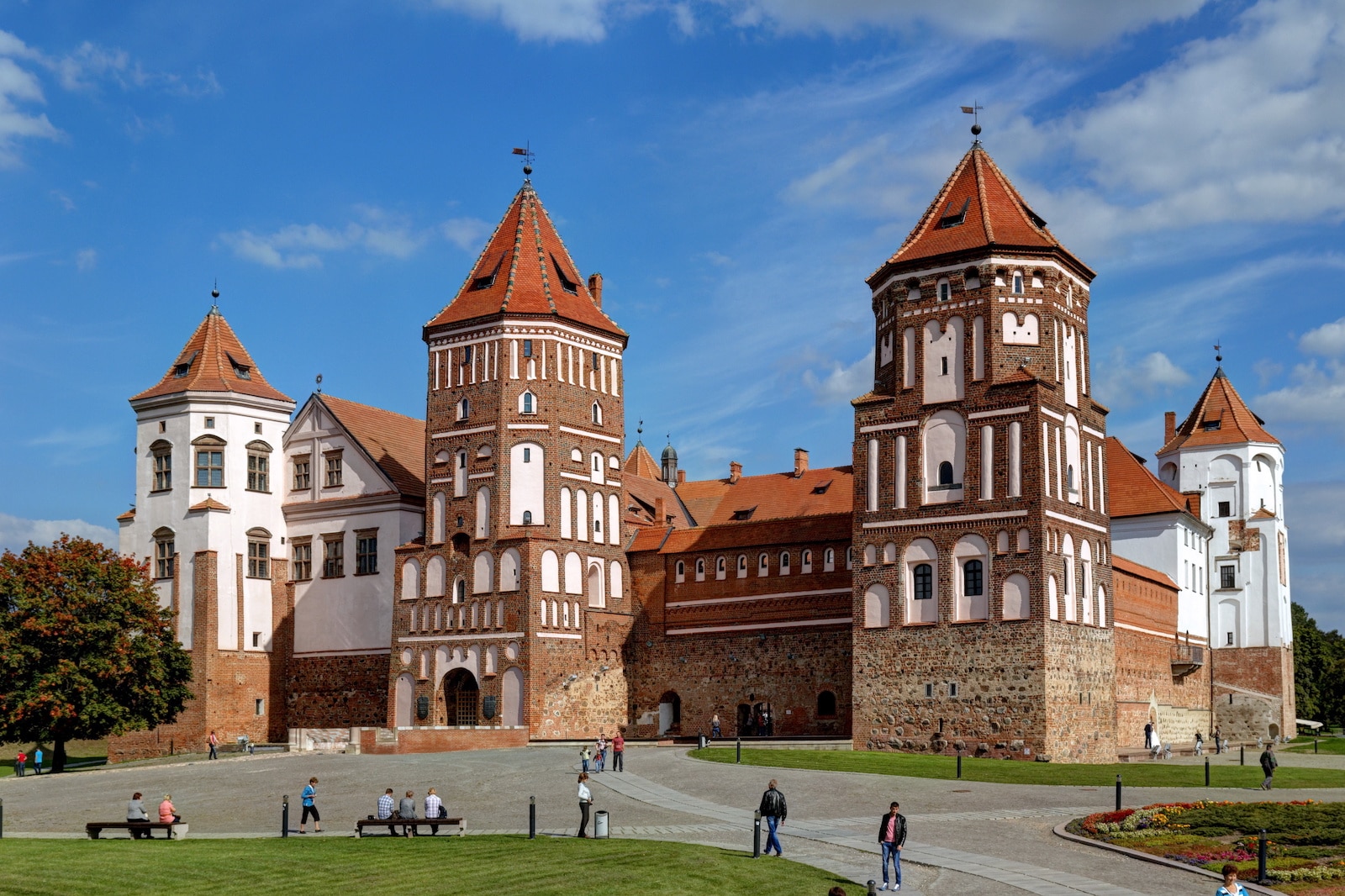
With Lukashenko holding power for 26 years, the country is looking to dismantle the dictatorship and return to democracy. This has fueled interest into the country as tourism to Belarus is on the rise. Often acting like a magnet to the offbeat and curious travelers, Belarus is slowly becoming Europe’s next must-see destination.
Pockets or urban entertainment are nestled throughout the country, but most of Belarus remain remote. With dense forests covering more than half of the land, Belarus’ landscape is stunning. Nicknamed “The Lungs of Europe”, heading out of the city and into the woods is a must-do for all Belarus travelers.
Destroyed by World War II, Belarus’ capital city of Minsk has been completely rebuilt. With the remains of the Stalin Line just outside of Minks, most of the city was remodeled to Stalin’s preferences. There are few pre-war buildings remaining with the oldest structures converted into museums.
However, Minsk is heading towards the future and gone are the days of Stalin. With Lukashenko in power, police presence is still commonplace in Minsk, but the city is eager to leave its darkest days behind. Neat and modern, Minsk is host to plenty of bars, restaurants, galleries, and museums for visitors to explore.
- Culture and Language
- Spending Budget
- How to Get Around
- Top Cities to Visit
- Points of Interest
Culture and Language

Starting in the 6th century, long before the Soviet Union took control over Belarus, the country was settled by Eastern Slavic people who were migrating and expanding throughout Eastern Europe. With thousands of lakes and multiple rivers, Belarus’ waterways became an important trade route for Scandinavian Vikings.
Belarus History
The increase of trade and Belarus’ central location between Western Europe and Asia helped the country grow and develop into a center of power. This led to the formation of the Kievan Rus’, which was a federation between Belarus, Russia, and Ukraine. By the 13th century, the Kievan Rus’ has split as people in Belarus started to create their own principalities.
Seeking more power, many of these principalities fell under the rule of King Mindaugas, who was the Grand Duke of Lithuania. Lithuania’s rule over Belarus lasted until the 1800’s, when Russia defeated Napoleon. By the 20th century, Germany had invaded Belarus. During World War I, Belarus flourished under German rule, but it was a short-lived period of prosperity.
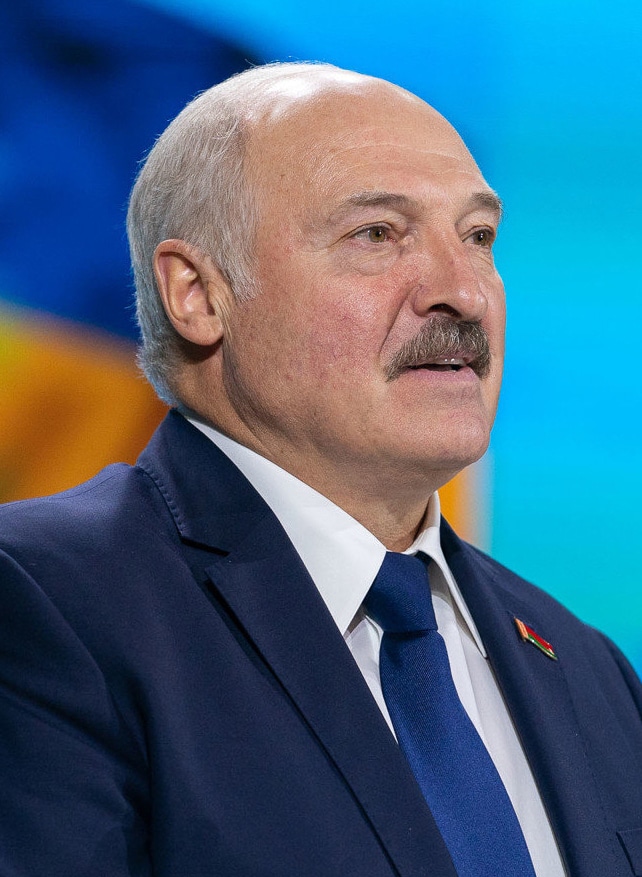
Poland took control of Belarus, but when they were invaded by Russia in World War II, Belarus fell to Soviet rule. The strategic location of Belarus meant that the people were worthless to the Germans. Many Belarusian citizens were mass murdered in cities or shipped to the infamous Nazi labor camps. By 1944, the Soviet Union successfully defeated the Germans and they reclaimed control over Belarus.
However, Belarus longed for independence and in 1990, the country declared its independence from the Soviet Union. Since 1994, Alexander Lukashenko has been president of Belarus with many re-elections that have been called into question. With missing opposition leaders and rumors of rigged elections, Lukashenko’s authority is being questioned and protested.
Belarusian Culture
Nevertheless, Belarusian citizens have persevered through the country’s darkest times and emerged with a distinct culture. With constant influence from outside forces, Belarusians have remained true to their roots. Folk culture is part of the tradition and many people celebrate Pagan holidays.
The people are very hospitable to outsiders and many will welcome you into their homes for a meal, once you’ve gotten to know them. Kindness goes a long way in Belarus and being courteous to your fellow humans is important. But visitors may have to play a game of charades with their hosts.
Official Language
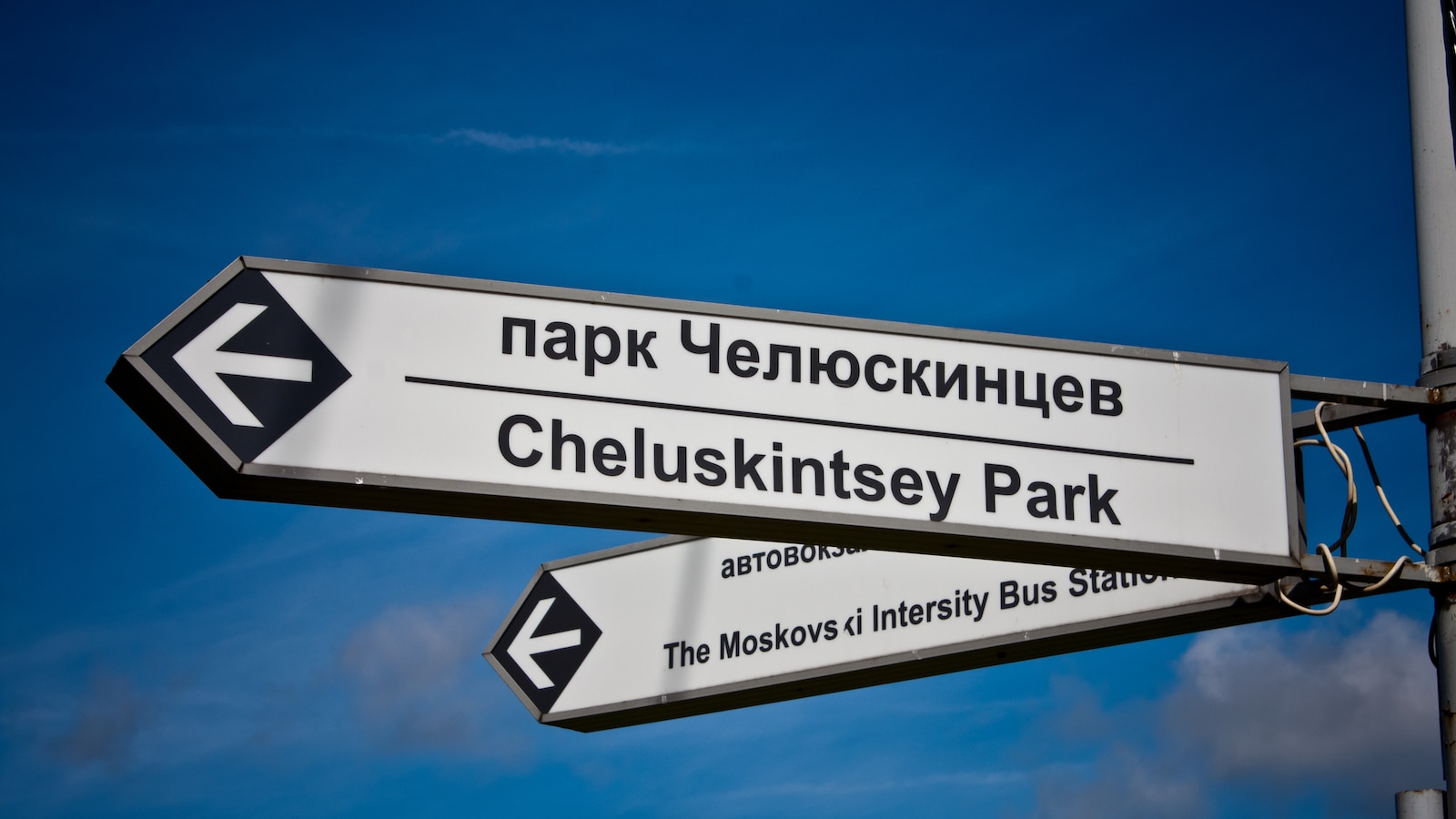
The official languages in Belarus are Belarusian and Russian. Belarusian is most often spoken within the home, while Russian is used by the government. Current estimates suggest that just under 30% of the population in Belarus can read, write, and speak Belarusian. Russian is more popular in the streets, media, education, and government.
English is spoken in Belarus, but it is more common in younger generations and big cities. In the rural villages and older populations of Belarus, the people do not usually speak English.
Spending Budget
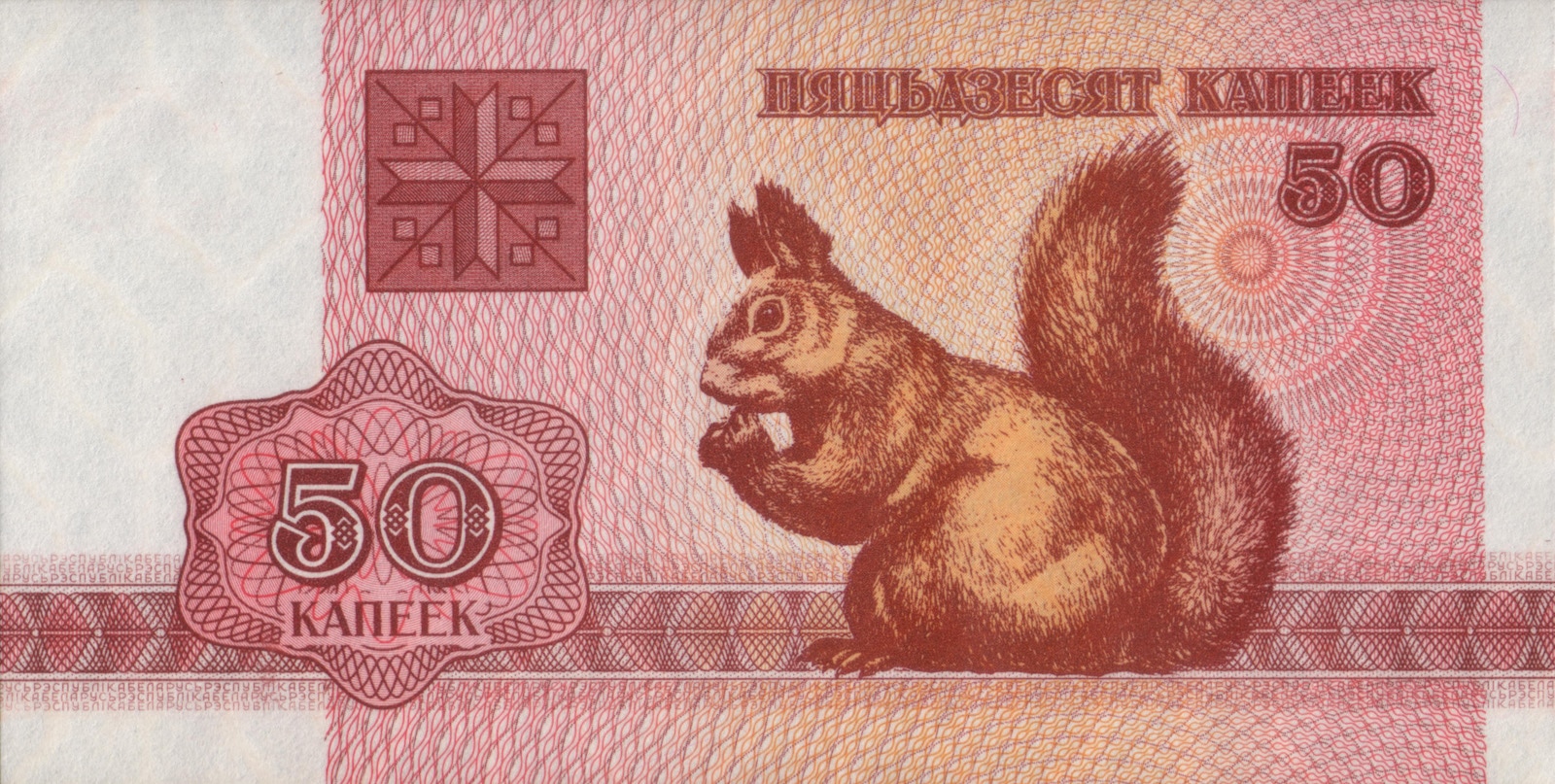
.
Unlike most European destinations, Belarus is one of the most affordable Europeans countries to visit. However, its inexpensive prices have been kept out of the spotlight as the country has been consistently overlooked as a travel destination. For budget travelers, times are changing and interest in Belarus is growing.
For all travelers, it is important to create a spending budget to help you plan your trip. Belarus is mostly affordable, but that doesn’t mean that the country lacks luxuries. Budget travelers still need to be mindful of the cost of amenities. The main categories of your spending budget will be the airfare, accommodation, food, drink, and transportation.
Airfare
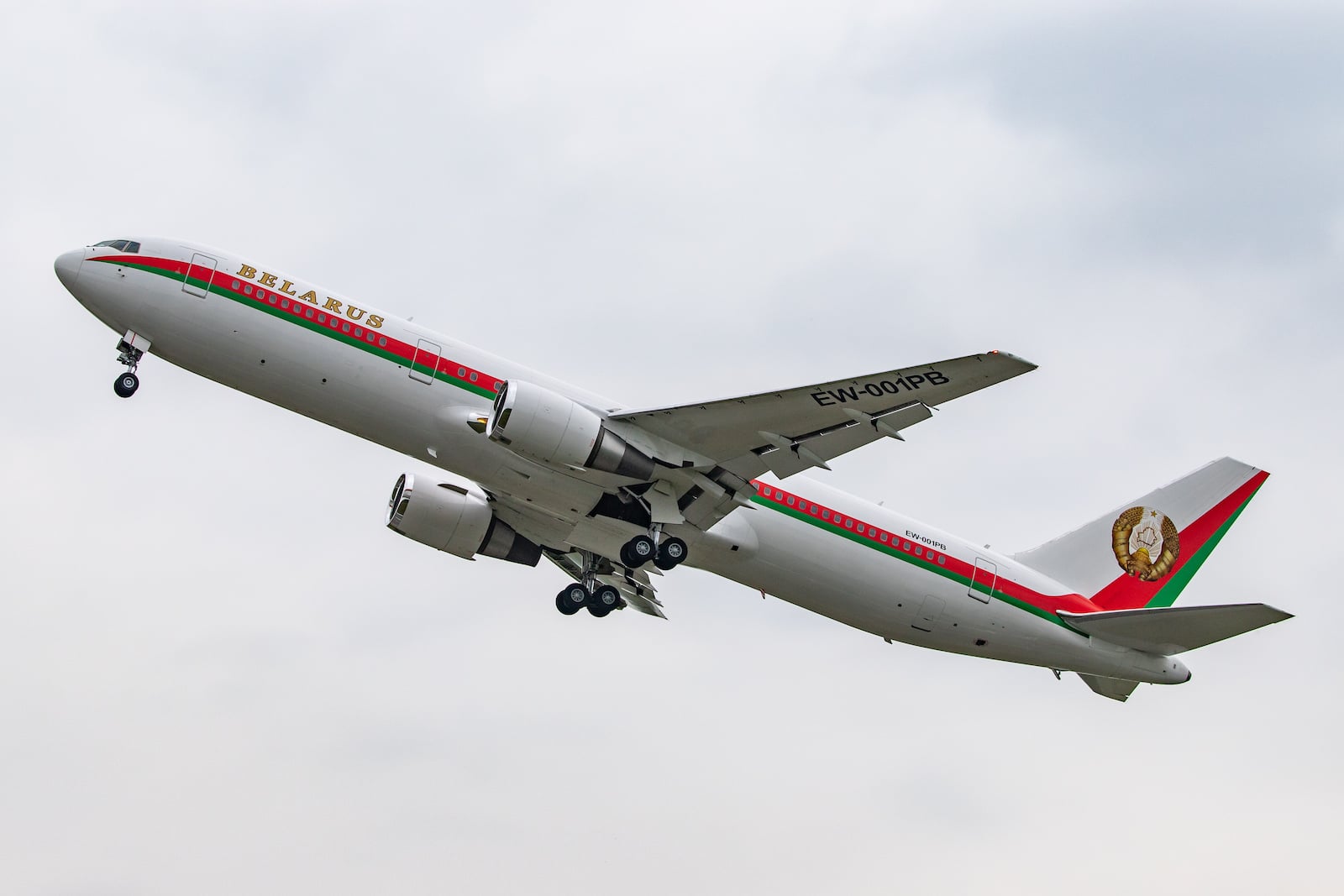
Before you can enjoy the wonders of Belarus, you will need to budget in the cost of airfare to fly to the Minsk International Airport. The long distance from the United States to Belarus makes flights expensive and the average cost hovers at about $900 US dollars for an airplane ticket. A few airlines may offer deals or reduced-price tickets, which could lower the cost of your airfare by $300 US dollars.
The cost of airfare will also fluctuate based on when you plan on visiting the country. Most tourists visit Belarus in the summer months, which is when prices of airfare and accommodation are more expensive. For a budget-friendly trip, you may want to consider visiting in the spring or fall. With less tourists the prices tend to drop, and the weather is still pleasant for exploring Belarus.
Accommodations
Once you’ve decided on when to visit Belarus, you will need to make arrangements for your accommodation. During the peak tourist season, it is better to find establishments that allow you to reserve or book a room online to guarantee that you have a safe place to stay. Many places fill up quickly during the summer months, so advance bookings are a must.
Budget travelers will need to stay in hostels, if they want to stay within an affordable budget. Most hostels in Belarus will cost about $15 US dollars per night in a dorm room setting. Travelers who would prefer to stay in private accommodations need to be prepared to spend about $30-$50 US dollars per night. The higher budget would allow you to stay in a 3-star hotel or rent a private room through services like Airbnb.
However, if you want the best Belarus has to offer, you will need to significantly raise your budget. Luxury hotels often start their nightly prices at $80 US dollars, but some of the 5-star locations may raise their rate to $130 US dollars per night. For Airbnb interested travelers, you should expect to spend about the same price, $80 US dollars per night, on securing a private apartment or home.
Food

Some accommodation options may include a free breakfast with their nightly rates, but all travelers need to consider the cost of food for the rest of their meals. Belarusian cuisine uses meat and vegetables as the main ingredient in their dishes. Traditional meals are often homemade.
Draniki is a staple amongst Belarusian cuisine and it can be found all throughout the country in nice restaurants and street stalls. The dish combines grated potatoes with onions, which are then fried to perfection. Recipes can differ and sometimes draniki are also mixed with mushrooms, cheese, and meat.
Another dish that you’ll see all around Belarus is kletski. These are the Belarusian take on dumplings, which are boiled and filled with meat. Locals will eat kletski with onions and sour cream or put them into soup for a hearty meal.
Soups are very popular in Belarus, especially during the fall and winter months. Some of the best soups include zhurek, which is made of oats and dark bread or machanka, which is a thick sausage soup. In the hotter months, borscht is a soup that can be served cold to help cool you off. The soup’s main ingredient is beetroot, but also include cabbage, carrots, and meat.
Dining

Budget travelers will appreciate that good food doesn’t have to break the bank. Most Belarusian meals in local establishments will cost about $10 US dollars. If you choose to eat in a food stall, you should expect to spend about $5 US dollars for your meal. Mid-range restaurants are more expensive, and most meals will cost $20-$25 US dollars. For a three-course luxury meal, you should expect to spend $30-$50 US dollars.
The cost of meals will not include the cost of beverages. Most non-alcoholic drinks can be purchased for less than $2 US dollars. Local alcohol is affordable and a beer costs less than $2 US dollars. If you want to drink hard alcohol, you should expect to spend up to $5 US dollars for a glass. Unless you are drinking vodka, which normally costs about $3 US dollars.
Daily
When you add all the categories of your spending budget and combine them, you can get a clearer picture of how much a trip to Belarus will cost. Budget travelers should expect to spend about $40 US dollars each day at a minimum. A mid-range budget is more expensive, and most people spend $60 US dollar at a minimum, but some travelers may spend up to $150 US dollars per day. Luxury vacation in Belarus will cost $200-$300 US dollars per day.
How to Get Around
With no domestic flights within Belarus, travelers must rely on trains, buses, and public transportation to get themselves to each destination. Trains are the most popular option and they have the most extensive routes throughout the country. Buses are less reliable and are much slower than the trains. When you’re in the bigger cities, public transportation is the way to go because it is inexpensive and reliable.
Trains and Buses
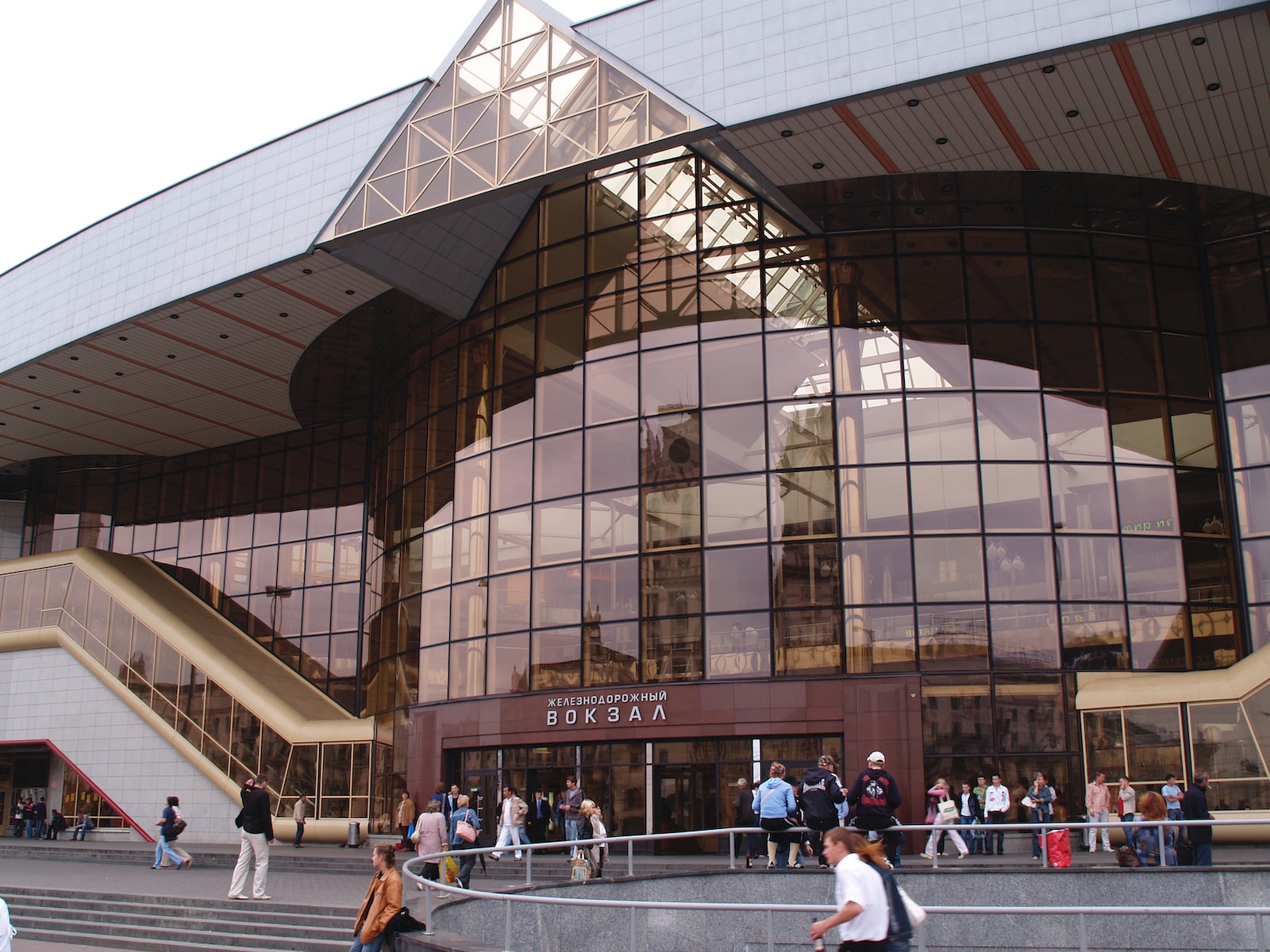
For travelers going long distances, you will need to navigate through the train and bus systems. The trains are easier to use because they have an English-friendly booking site, whereas the buses rarely have online booking in English. However, the cost of train and bus tickets is about the same. Most journeys will cost about $10 US dollars or less on either a train or bus.
In cities where public transportation is an option, you should expect to spend about $0.30 US cents per ride. Minsk has a metro and it is the only city with a metro. Other big cities in Belarus use buses, trams, or trolleybuses to help people get around. If you need to get around using a taxi, you will end up paying much more. Flat rates start at $2 US dollars and each kilometer of travel costs about $0.60 US cents.
Top Cities to Visit
Minsk is Belarus’ most popular city and some visitors may not even leave its border to explore the rest of Belarus. Other travelers may not know of other cities to visit in Belarus. With much more than Minsk on its plate, here are the top cities to visit in Belarus.
Minsk
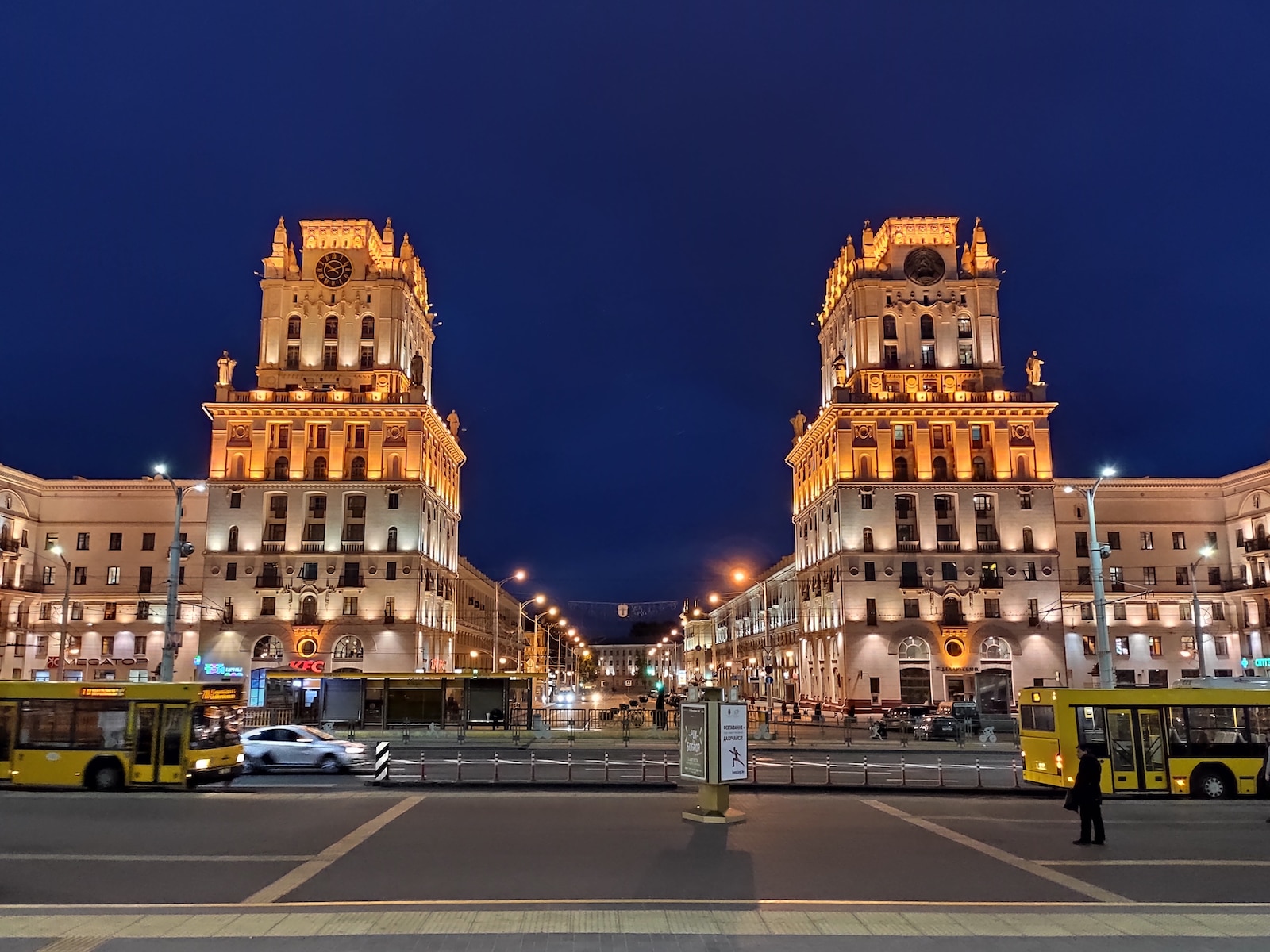
The vast majority of international travelers will fly into Minsk, which makes it the most popular city to visit in Belarus. As the capital, Minsk is the seat of the government, but it is also full of urban entertainment. Amongst the idyllic landscape, there are gardens filled with water fountains. For a livelier atmosphere, you can head to the various nightclubs to enjoy an evening of drink and dancing. To familiarize yourself with Belarus’ culture and history, you need to visit the museums and Independence Square.
Brest
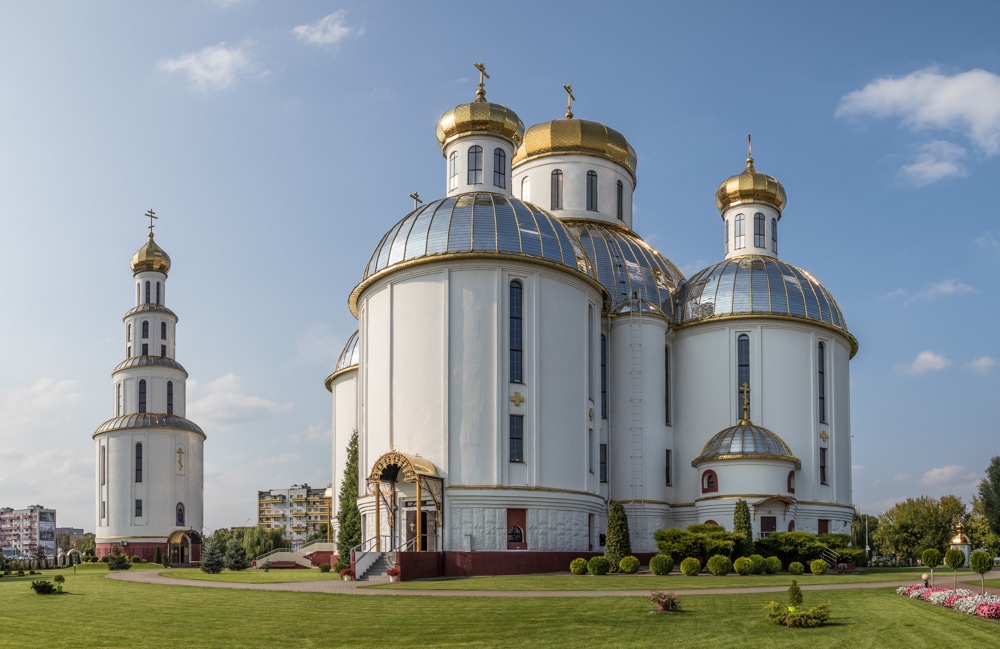
Aside from Minsk, Brest is another one of the country’s top tourist destinations. This is one of Belarus’ larger cities, which is home to multiple museums and unique art pieces. Some of the museum highlights include the National History Museum or the Museum of Railway Machinery. Sovetskaya Street is also a hit amongst tourists, and it is pedestrian only to help preserve its beauty.
Vitebsk
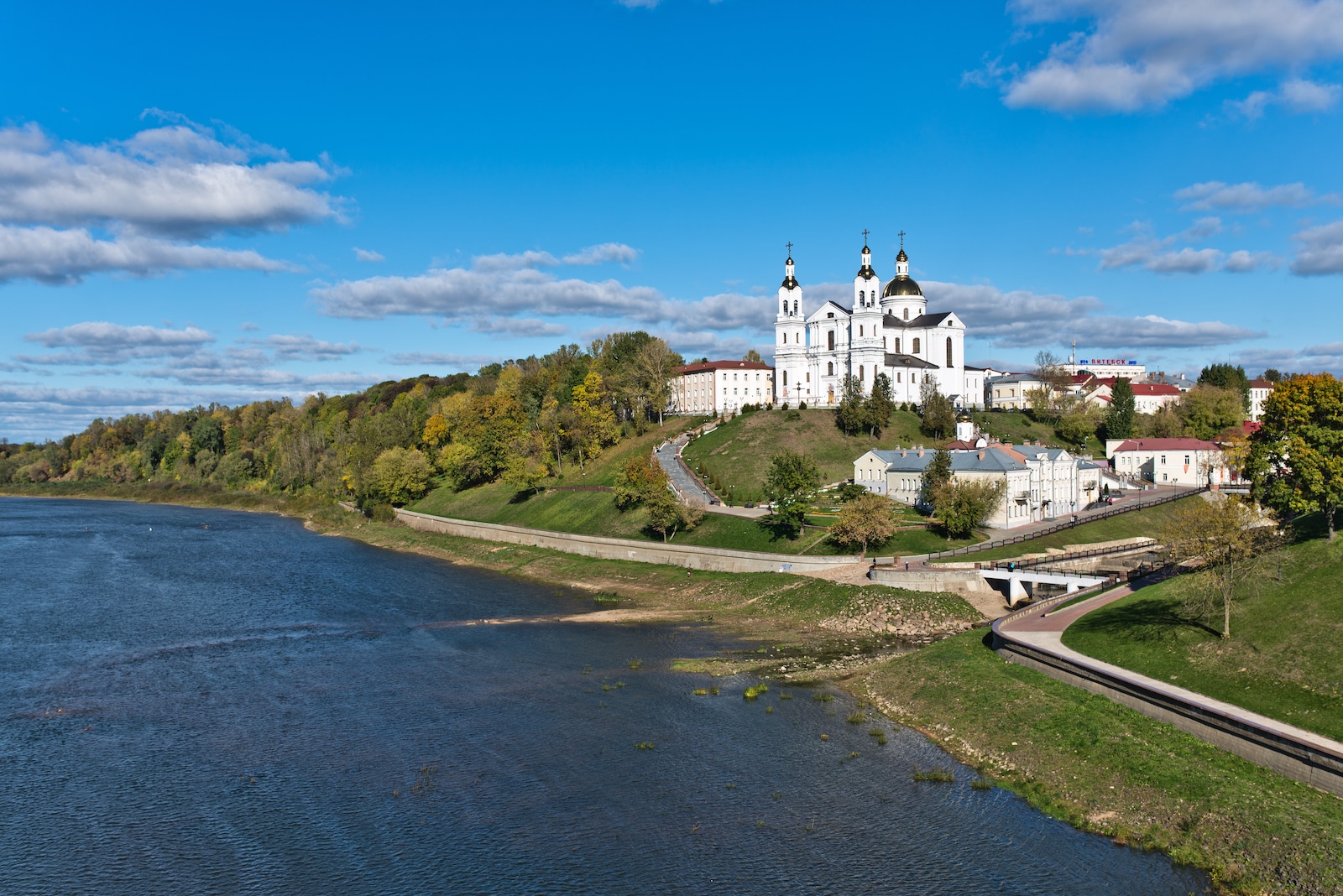
Founded in 974, Vitebsk is an old city, which was once incredibly prosperous because of the trade routes. Now, the city is popular for visitors who attend the National Theater. A Regional History Museum is also a big attraction, which will take you in-depth to the area’s history and culture. The famous painter, Marc Chagall also has two museums in Vitebsk, which shouldn’t be missed.
Nesvizh
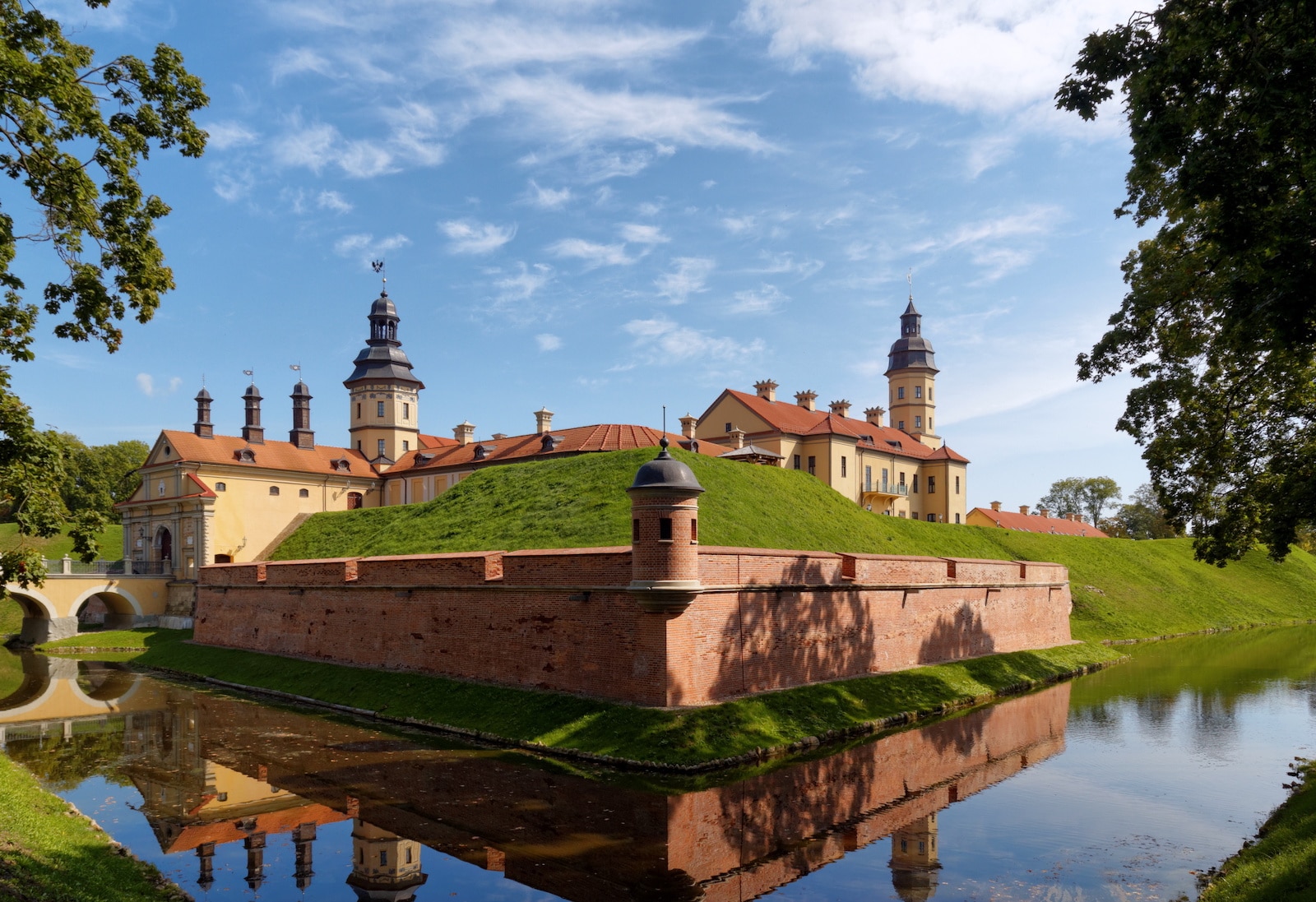
Home to the Nesvizh Castle, this city will take you into the history of the Radziwill Royal Family. The family came into power because of the Grand Duchy of Lithuania and since then, their castle and its grounds have become a World Heritage Site. Aside from the castle, other highlights in Nesvizh include the Corpus Cristi Church, Slutsk Gate, and Town Hall.
Lida
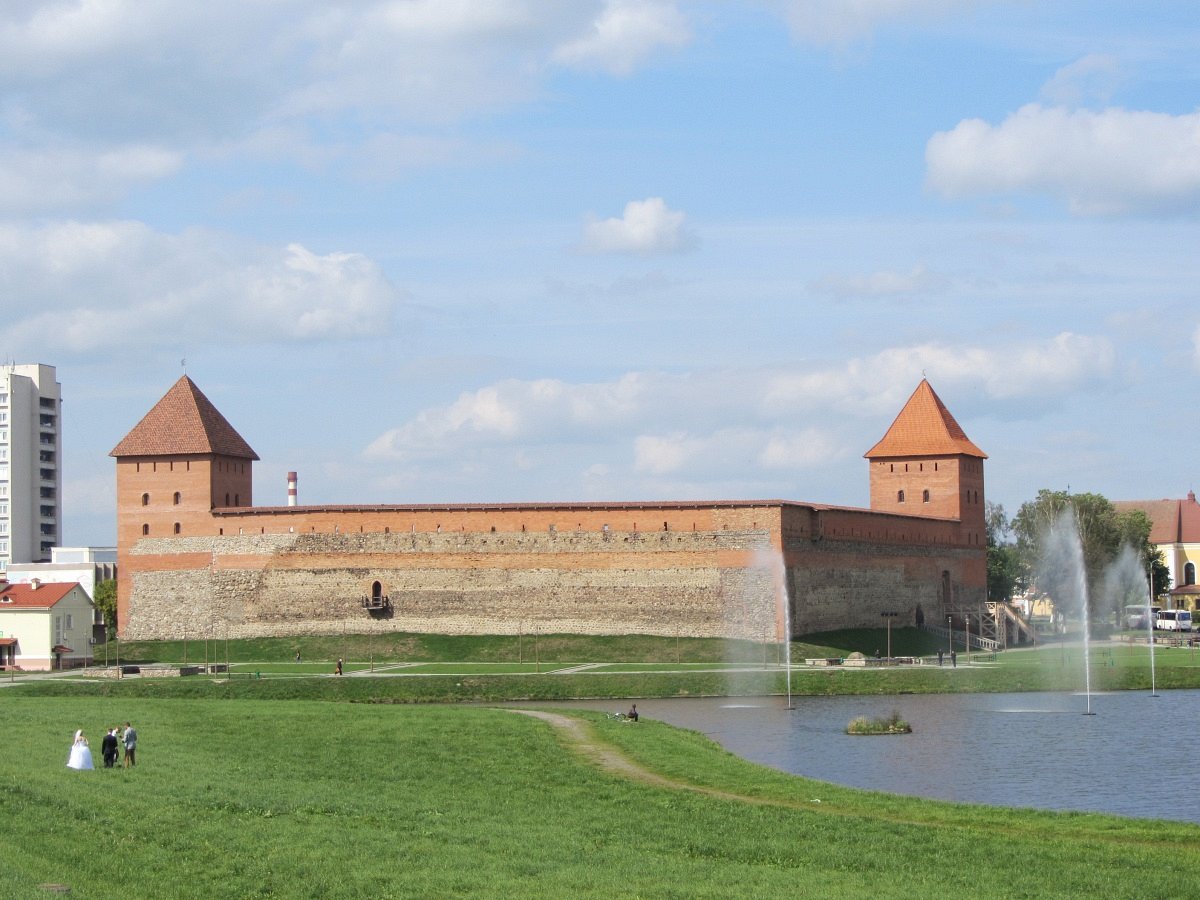
Another town famous for its castle is Lida. The Lida Castle is a medieval structure that is still standing from the 14th century. A unique construction intrigues guests who visit the castle, as old stones have been combined with red bricks to build the walls and towers. The bare stones are the original parts of the castle that remain, while the red brick indicates recent restorations to return the castle to its original state. Also, in Lida are The Roman Catholic Church, The Piarist Church of St. Joseph, and the Immaculate Conception of Mary, which are all popular amongst tourists.
Polotsk
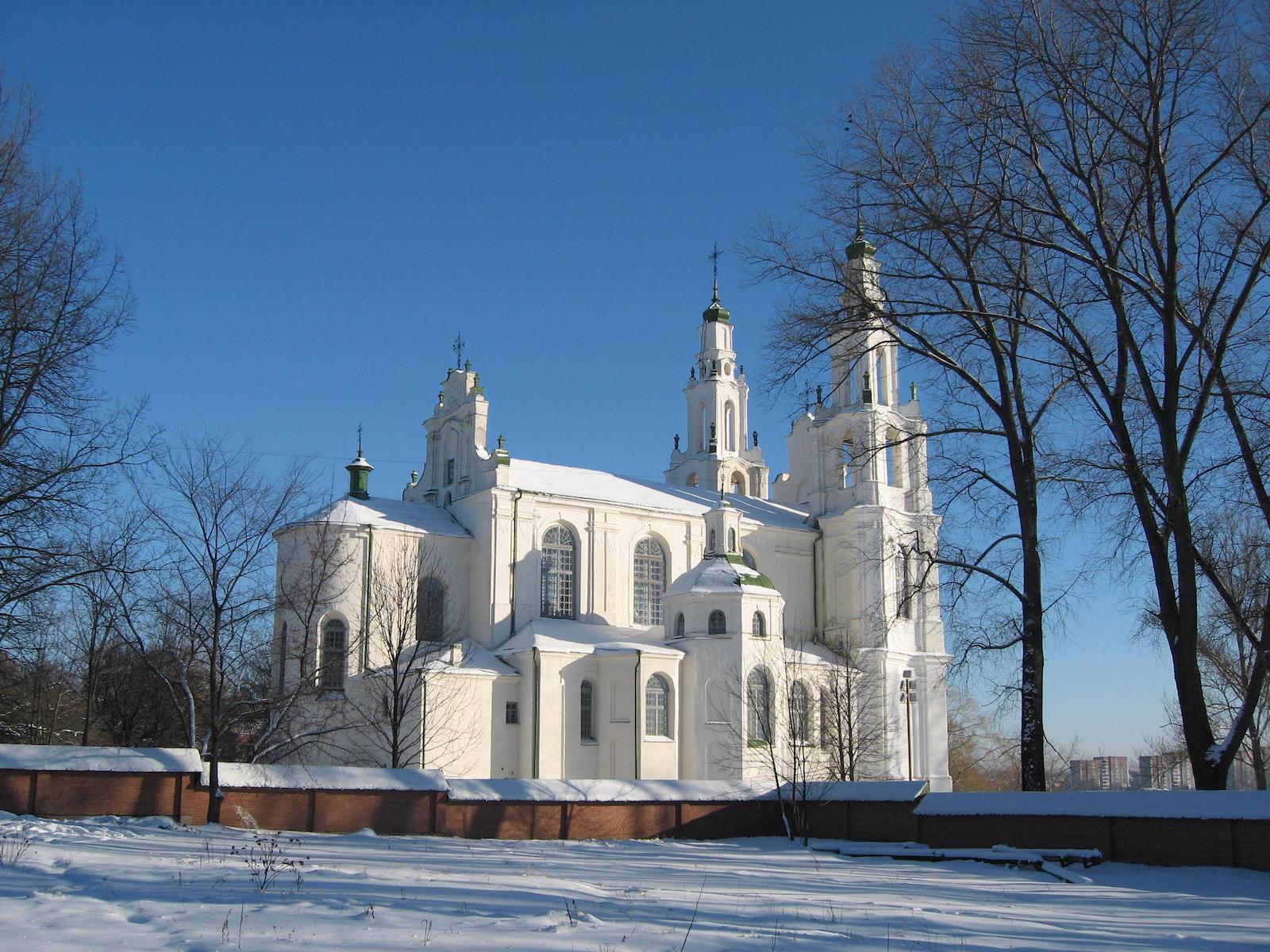
Polotsk is the oldest town in Belarus and the entire Slavic region. It was the first capital of Belarus before Minsk took its place. Now, the city is famous for the Sophia Cathedral. Other highlights include Boris’ stone, the Monument to the 23 Guardsmen, and the Red Bridge.
Points of Interest
While all the cities and towns of Belarus have their own attractions, many of the most popular points of interest will take you out of the urban setting and into the forest. Here are the top points of interest in Belarus.
Belovezhhskaya Pushcha National Park
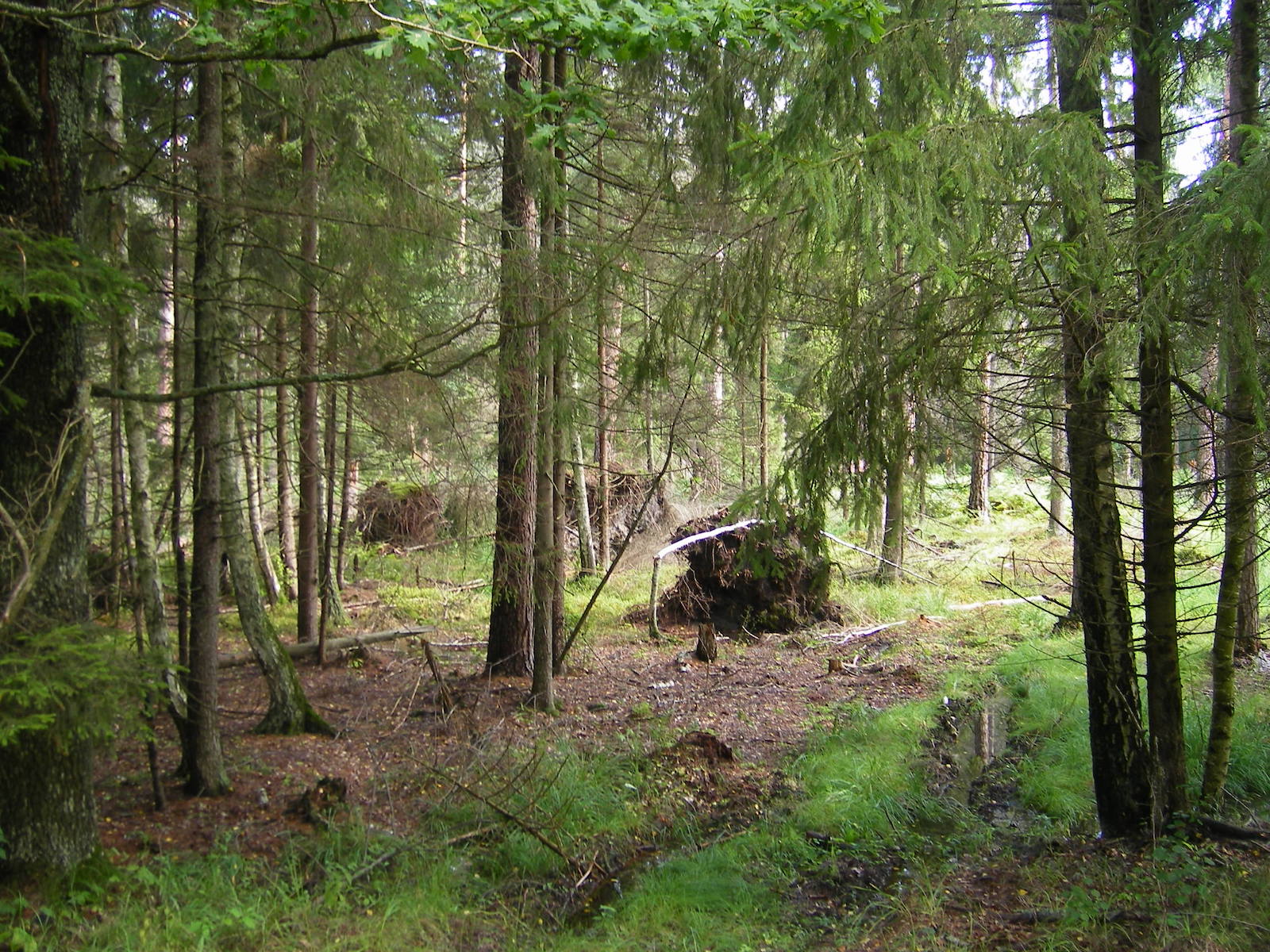
Sometimes spelled as Belavezhskaya, this national park is Europe’s oldest wildlife refuge and a UNESCO World Heritage Site. The park is Belarus’ pride and glory as it contains a large primeval forest. There are 55 mammal species living in the park with tourists hoping to catch a glimpse of wild wolves, horses, elk, mink, and bison.
The bison tend to be the star attraction in the park and with a population once on the verge of extinction, the park now has an estimated 300 bison roaming the land. There are multiple tours available and you can explore the park by bicycle, bus, or private car. To cater to the tourist crowds, there are also hotels and restaurants located just outside of the park entrance.
Mir Castle
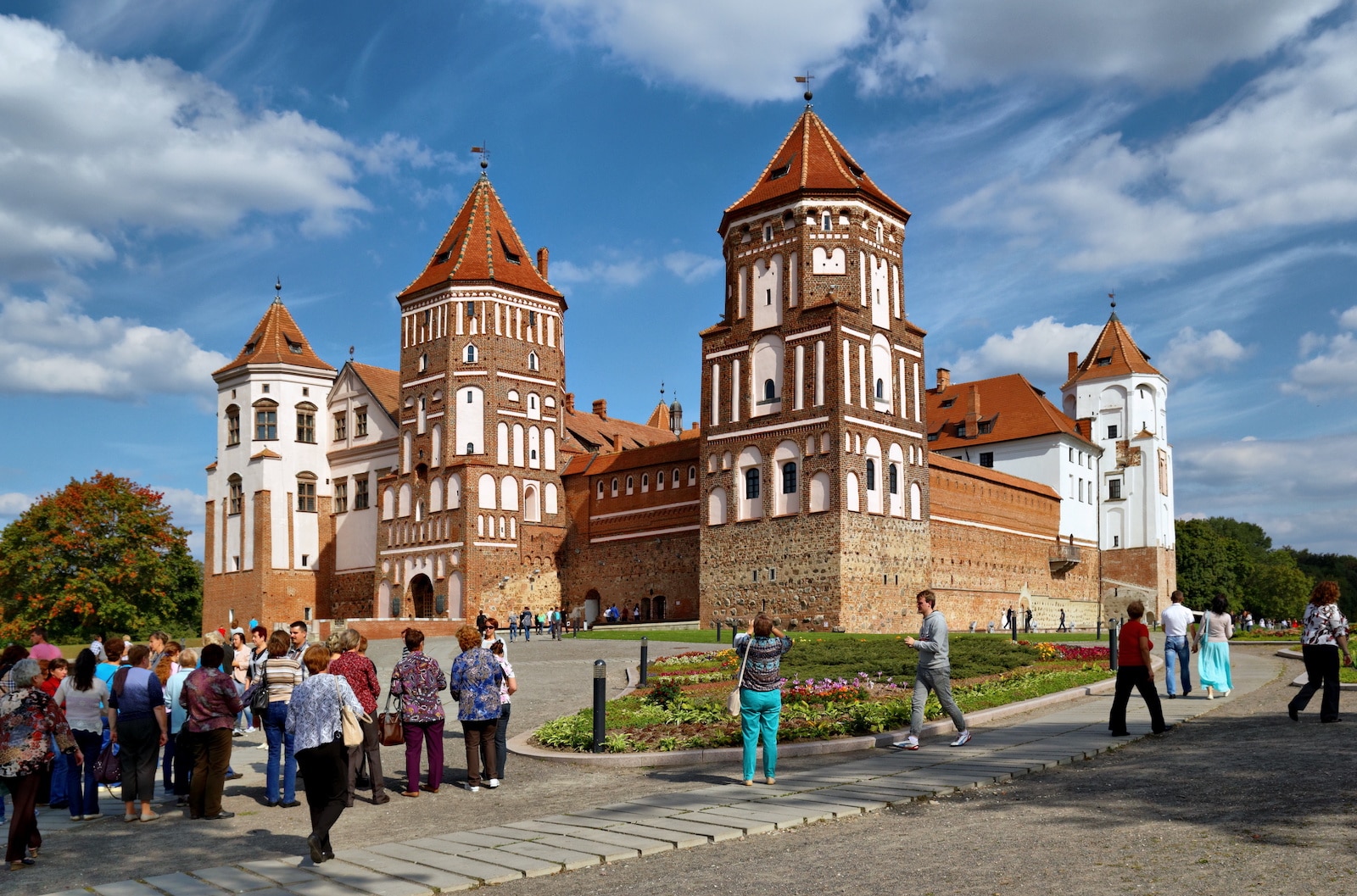
Belarus has a lot of castles, but Mir Castle is the country’s most famous fortification. The castle combines three styles into its unique construction, which were influence by different ruler in various time periods. With Baroque, Gothic, and Renaissance styles included in the structure, Mir Castle is an impressive sight. A full restoration in 2013 opened the doors to the public and you can visit the castle to explore the grounds, which include a park and lake.
Khatyn Memorial Complex
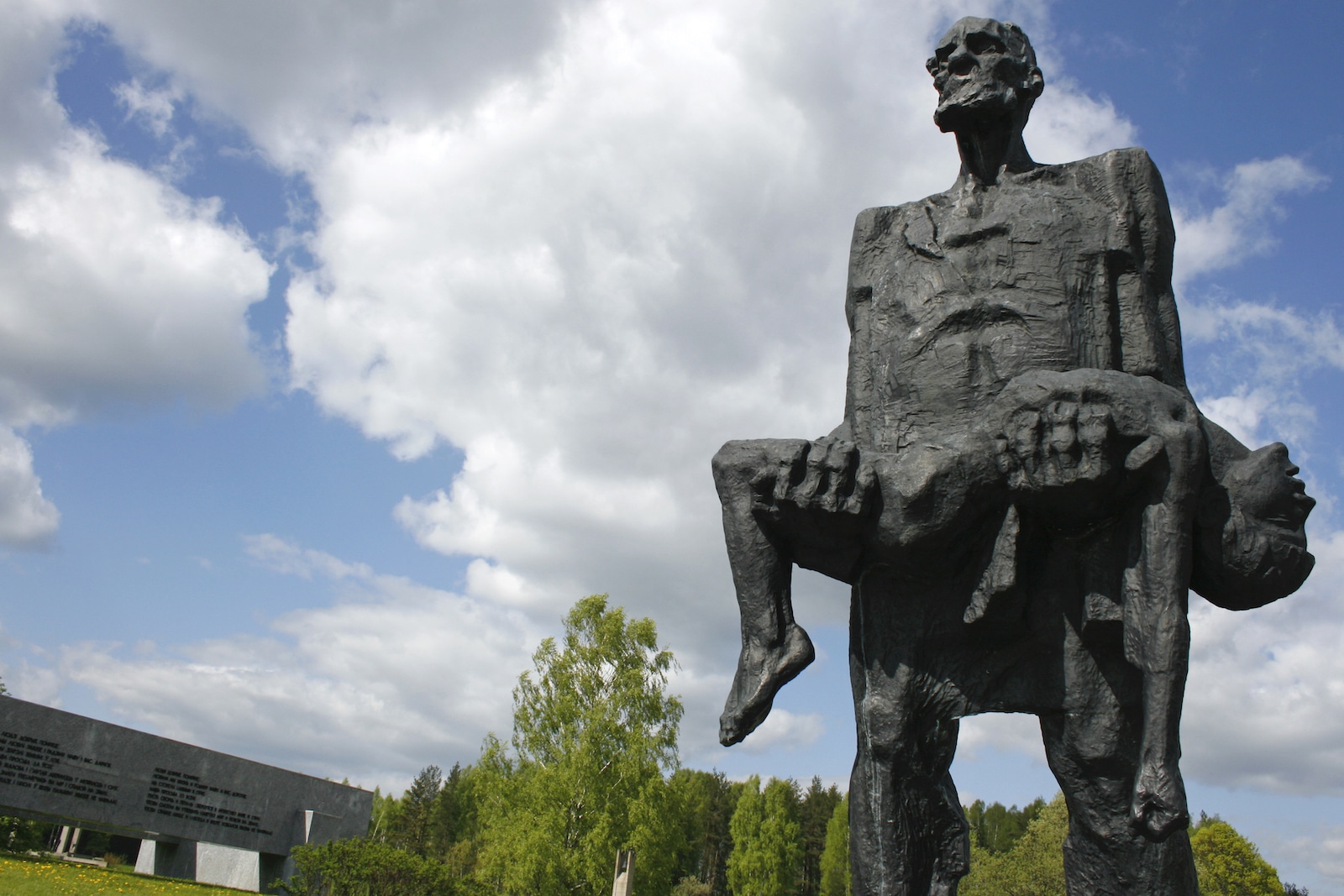
The Khatyn Memorial Complex is one of the main structures that honors the lives of World War II victims. The complex acts like a grave to 185 villages, which were burned, and their residents murdered during the war. Nearby, the Trees of Life display a list of 433 villages damaged during the war. Those villages were eventually rebuilt. A small museum at the complex gives you the full history of the area and provides more information about the family names etched into the stone chimneys.
Stalin Line
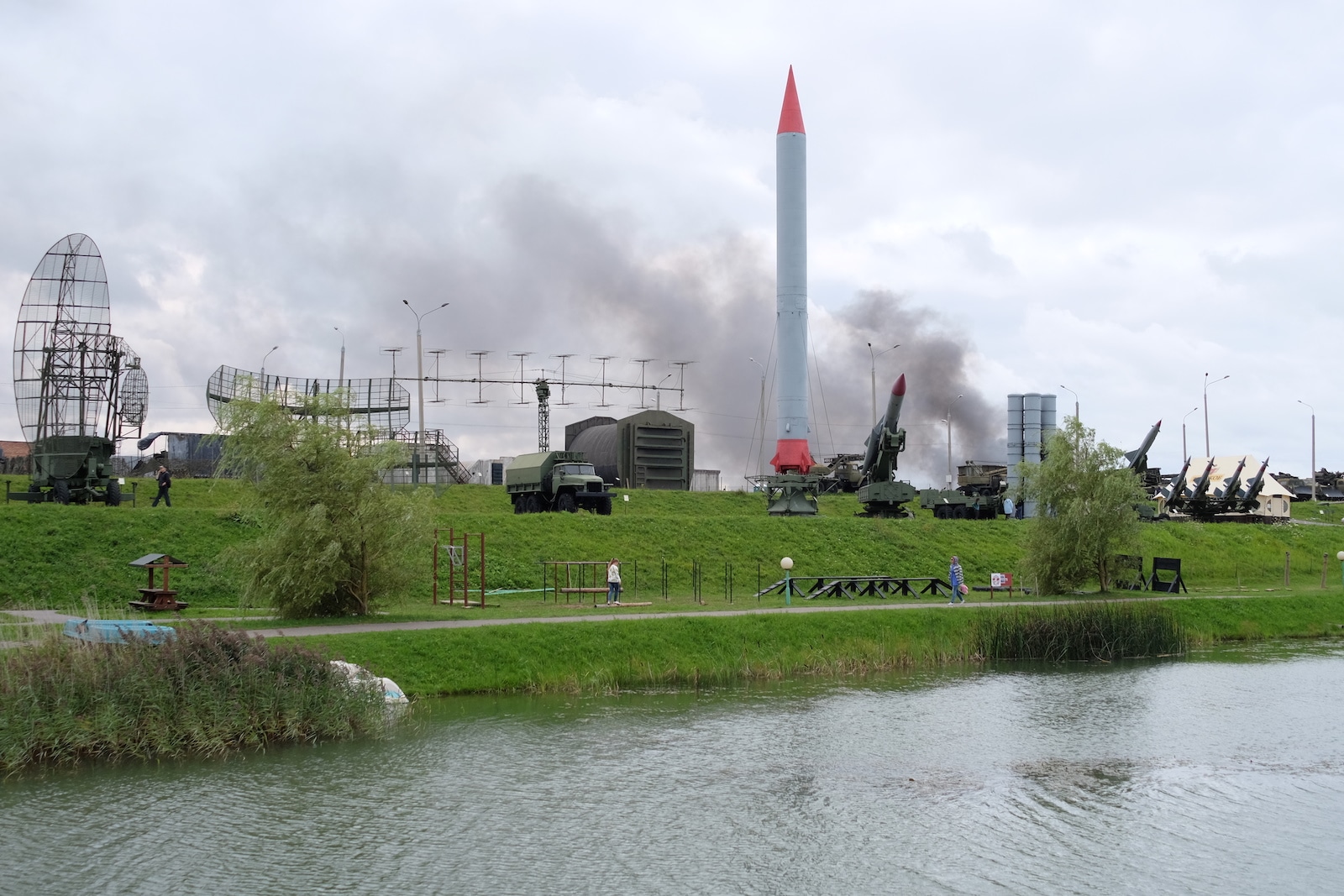
Once a part of the Stalin Line, or the barrier that Joseph Stalin tried to create throughout Eastern Europe to protect the Soviet Union, Belarus’ has turned their part of this historical place into an open-air museum. With old military equipment and reconstructions of war time buildings, this place has become a popular tourist attraction in Belarus.
Braslaw Lakes
There are thousands of lakes in Belarus, but the Braslaw Lakes are some of the most popular for tourists to visit. The lakes provide low-budget activities like hiking and swimming. You can also explore the local culture in detail and camp or stay in a dacha or farmstead to experience the Belarusian’ lifestyle.
Get Out and Go
With Belarus becoming more and more popular, now is the time to explore this Eastern European gem. Less crowds and affordable prices are giving Belarus newfound fame, as more people are eager to explore an area that was once locked to outsiders. Beauty is everywhere in Belarus and whether you’re looking to experience history or get out into nature, your trip will we unforgettable.


 What Is Russia Most Famous For?
What Is Russia Most Famous For?